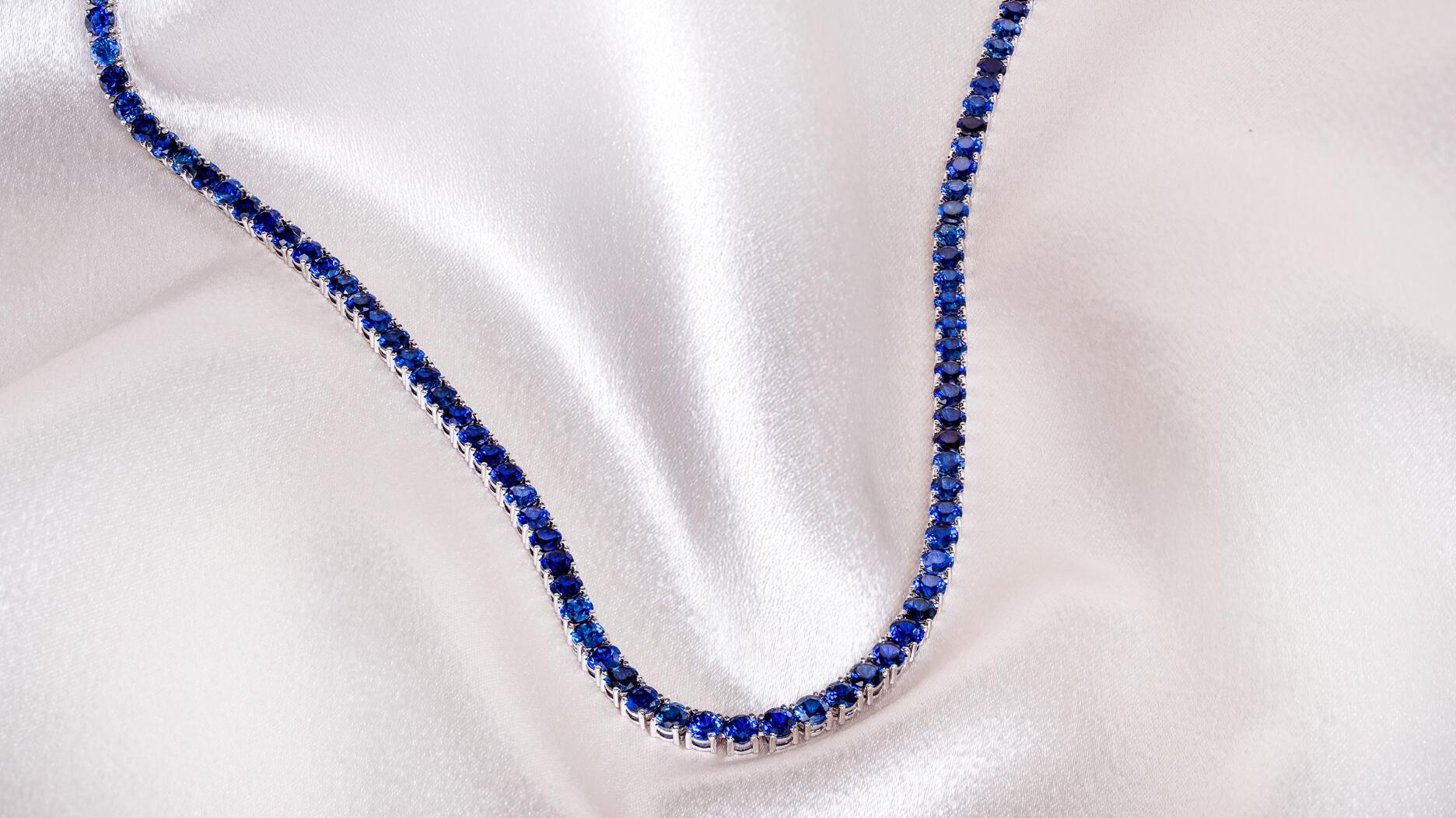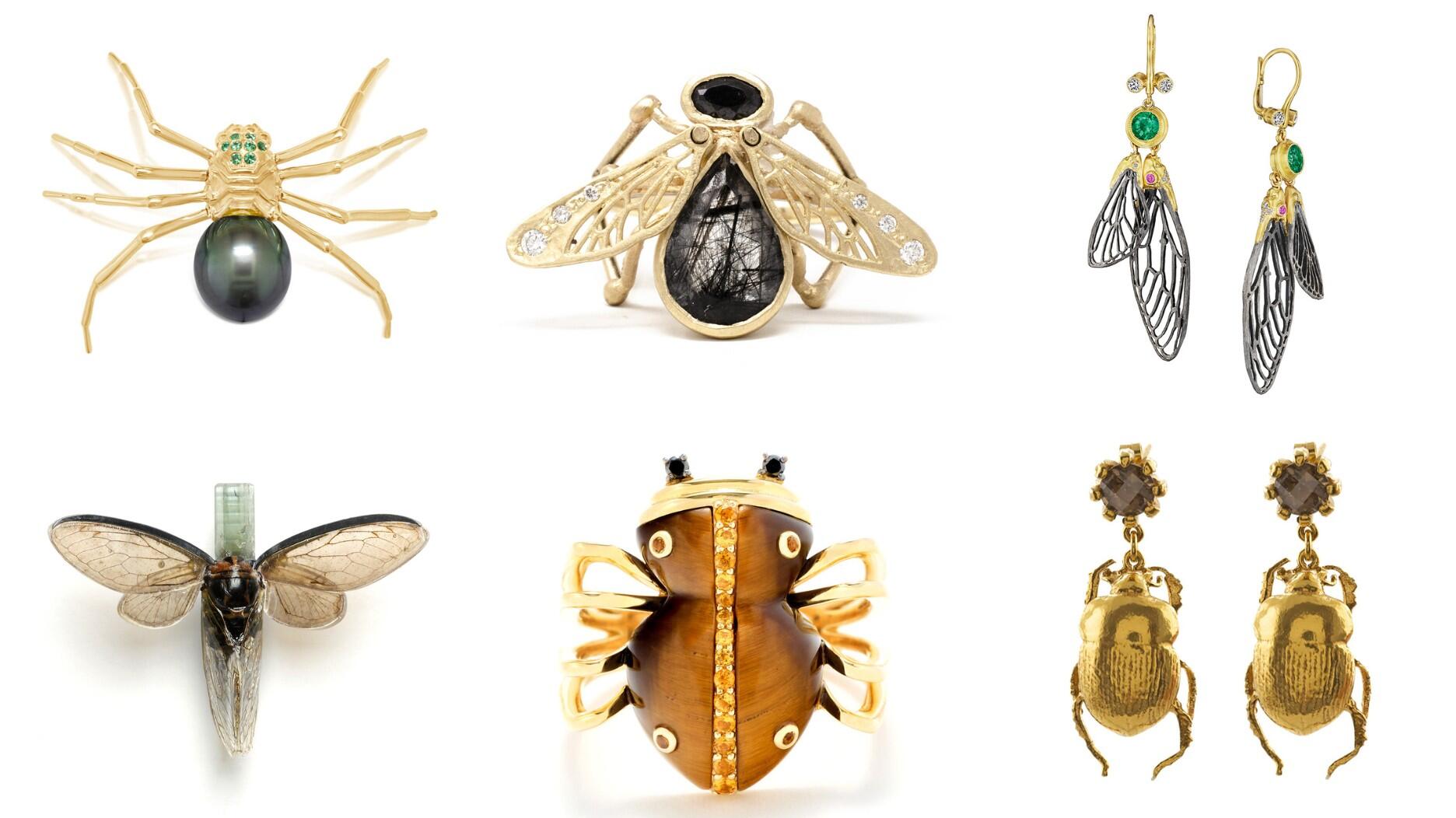10 Tips for Selling Diamonds This Holiday Season
Sales experts and a diamantaire share their best advice on how to send customers home with diamond jewelry.

India has called for a two-month moratorium on rough diamond imports while De Beers Group’s rough diamond sales hit a pandemic-level low as it gives sightholders flexibility in a challenging market.
While the situation seems uncertain heading into the 2023 holiday season, the jewelry industry may just surprise us like it did during the pandemic. If it does, we’ll likely have savvy salespeople to thank.
In lieu of asking for a holiday miracle, National Jeweler asked sales and diamond experts for their best tips for selling diamonds.
Ask this key question before you show the customer any diamonds.
James “Jimmy” DeGroot, a professional jewelry sales and operations trainer and speaker, has been in the management and jewelry business for more than 20 years.
He shared the importance of knowing what matters to your customer.
Start by asking, “What’s important to you in a diamond?”
“If you don’t know the answer to this question, you’ll waste a lot of time doing show and tell and greatly decrease your connection with the customer and thus your likelihood of closing the sale,” he said.
“You can best guide your customer through the sale by asking great questions rather than pulling out every diamond you have.”
Education at the counter is key.
Pat Henneberry, a sales expert better known to the industry as the “Jewelry Coach,” echoed DeGroot’s sentiment about figuring out what matters to your customer, but also stressed the importance of helping them make an educated choice.
With all the information, reliable or not, available online, it’s important for a salesperson to share their own expertise.
“What bugs the crap out of me is when people say, ‘Let the customer decide,’” said Henneberry, adding this practice is particularly bothersome when it comes to lab-grown versus natural diamonds.
“Customers have no idea what they really want when they walk into your store. Who knows what sites they’ve been reading or where they got their information,” she said.
It’s the job of the sales associate to educate the customer, like about the differences between lab-grown and natural diamonds and their respective value.
“It takes time to walk a customer through what I call ‘their unspoken need,” she said.
“We know sparkle, design and size are important. But now we have to add a new story at the counter and that’s perceived value. What does your customer perceive as valuable?”
To answer this question and better serve the customer, you have to ask relevant questions and answer their inquiries honestly.
Consumers are visiting jewelers for guidance.
Mark Klein, vice president of wholesaler Julius Klein Diamonds, shared his experience with speaking to retailers who aren’t exactly sure what their customer wants.
Poor communication leads to a lot of back-and-forth between the wholesaler and the retailer, and, ultimately, can make for an unhappy end consumer.
“I feel like there’s not enough hand-holding at the counter,” said Klein.
Customers easily can buy a ring online so if they’ve walked into a store instead, that means they’re looking for an expert opinion.
“They’re walking into the store, they’re looking for guidance, they’re looking for someone who is professional and can guide them through the step-by-step process,” he said. “People are still coming in because they want that experience.”
That is why, Klein noted, personal jewelers and concierge shopping services are becoming more popular.
“Get as much clear and concise information from your customer as possible. Really, truly understand what they need and what you can offer them. That way, you can make a sale coming from the store or call one of your suppliers and get the right thing at the right time,” he said.
The benefits come after the features.
Once you’ve established what the customer wants and values, including their budget and personal style preferences, then you can get into the details.
“Explain the benefit of [lab-grown and natural] to your customer. But remember, the benefits come after features and never give features without telling the benefit to them individually,” said DeGroot.
For example, a salesperson would say to their customer Sarah, “This natural diamond has that warmer color characteristic that you asked for so that it matches perfectly in your grandmother’s ring.”
“The feature is the color and the benefit to Sarah is that it matches grandmother’s side melee,” he said.
Don’t focus only on the price.
Price may not be of the utmost importance to every customer.
“If you’re new to the jewelry business in the past few years, you may have found it rather easy to sell lab-grown diamonds because of the price,” said De Groot.
“More seasoned veterans, however, understand that there’s so much more to our industry than price.”
When salespeople listen to their customers and assess what’s important to them, the answer won’t always be size and price, he said.
“We need to stay sharp as sales professionals and be able to match our customer’s desires to the appropriate product. This takes ongoing training and practice.”
Don’t undersell.
Peter Smith, a sales expert, author, and National Jeweler columnist, shared his advice for working with a customer’s budget.
“Don’t undersell the customer. Once you’ve established their budget, know that it is a safety net only, not what they are willing to spend,” he said.
“What they’re actually saying is, ‘Here’s my low bar, but feel free to inspire me.’”
Smith recommended keeping in mind the paradox of choice, which is the theory that limiting the number of choices and only showing customers a few things makes for a better, less stressful experience.
Show three items, he said, including one at their budget, one that’s twice their budget, and one that’s somewhere in the middle.
This will make a huge difference in your average ticket, he said.
Customers presume higher prices mean better quality, he added.
“If you are selling lab-grown [diamonds], sell bigger and watch your average ticket. Don’t unwittingly conspire to reduce your average ticket and hurt your business, and disappoint the customer,” said Smith.
The best way to measure value, he said, is by how satisfied the customer is.
“No customer wants to second-guess whether they got the best discount or not as they leave your store. Inspire the customer to spend more and dispense with any regret they may have about pricing nonsense.”
For engagement ring purchases, send the customer on a fact-finding mission.
Klein shared helpful advice for salespeople to pass along to customers looking to buy an engagement ring for their significant other.
When friends ask him about ring prices, specifically how much they should spend, he tells them to look at the rings of friends or family members who have recently gotten engaged.
Their partner likely will expect a ring that’s about the same size and quality.
“If everyone they know in the neighborhood is getting a 1-carat, you should get them a 1-carat,” he suggested.
That isn’t true for everyone, admitted Klein, as some people will have their own style or value different things, but it’s common practice to compare your ring with those of friends and family, and buying accordingly could make for a happier customer.
Ask for the sale.
Smith has written an entire column for National Jeweler dedicated to this tip.
“Customers say yes about 70 percent of the time when a salesperson asks for the sale in an assertive and confident manner,” according to Smith’s column, citing data from sales expert Jeb Blount.
The most talented salespeople tend to be optimistic, noted Smith, and want to provide good service to their customers.
They don’t fear rejection or take it personally, and don’t worry about making customers feel uncomfortable by asking for the sale.
Storytelling is an essential element.
Henneberry is a big believer in the power of storytelling, so much so that she teaches a class on it.
“Share the stories of famous natural diamonds, such as the Hope Diamond or the Koh-i-Noor, to evoke a sense of wonder and history. [There are] many great stories to share,” she said.
When selling natural diamonds, note that customers tend to associate them with tradition, heritage, and sentimental value, said Henneberry.
By tapping into these emotions, you can create a stronger connection with the customer.
For sustainability-focused customers, share stories, when applicable, about the diamond’s origin, she said. “Ethical and responsible sourcing practices can be a compelling selling point for natural diamonds,” said Henneberry.
Lastly, natural diamonds often have unique characteristics, like inclusions and color variations, which can be a motivating selling point.
“Highlight these distinct features as part of their charm,” she suggested.
Be honest about trade-ins and buybacks.
The future value, or possible lack thereof, of lab-grown diamonds has been a hot topic in the industry.
“Many stores are having customers actually sign a receipt to the effect that the future value of lab-grown diamonds is undetermined and that trade-ins and buybacks cannot be guaranteed,” said De Groot.
While there also is uncertainty about natural diamond prices, he said, they tend to be more stable.
“Make no guarantees outside of your individual store policies on trades and buybacks. Whatever your individual store’s policy is on any diamonds you sell, know it well and be sure to inform your customer of your store’s policies before they purchase.”
The Latest

The new pink sapphire version of the piece dances with its wearer in the brand’s “Icons After Dark” holiday campaign.

A choice that’s generated a lot of commentary, Pantone says “Cloud Dancer” marks a fresh start and encourages relaxation and creativity.

The manufacturer’s holiday campaign features a gift guide filled with trending designs and jewelry that can be personalized.

How Jewelers of America’s 20 Under 40 are leading to ensure a brighter future for the jewelry industry.

The man was charged with theft, accused of ingesting the necklace while in a jewelry store in Auckland, New Zealand.


The Florida independent expanded its store from 8,000 to 14,000 square feet, fulfilling the vision of its late co-founder, Jim Dunn.
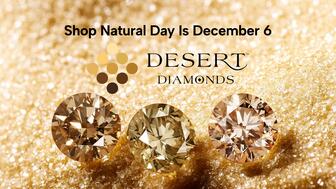
Sponsored by De Beers Group

Roseco’s 704-page catalog showcases new lab-grown diamonds, findings, tools & more—available in print or interactive digital editions.
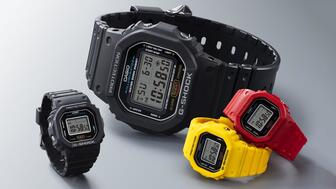
The classic 5600 series G-Shock has been scaled down to about a tenth of its size, becoming a fully functioning watch ring.

The association’s annual conference and gala will take place Feb. 4, 2026, during the Tucson gem shows.
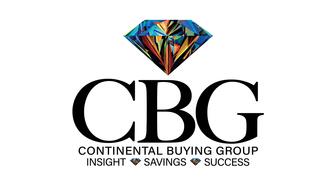
The January show will include a workshop for jewelry retailers on implementing AI to strengthen their businesses.
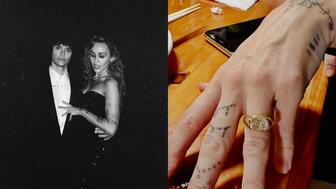
Fellow musician Maxx Morando proposed to the star with a chunky, cushion-cut diamond ring designed by Jacquie Aiche.

The retailer, which sells billions in fine jewelry and watches, is suing the Trump administration and U.S. Customs and Border Patrol.

Black Friday is still the most popular shopping day over the five-day holiday weekend, as per the National Retail Federation’s survey.

The historic egg, crafted for Russia's ruling family prior to the revolution, was the star of Christie’s recent auction of works by Fabergé.
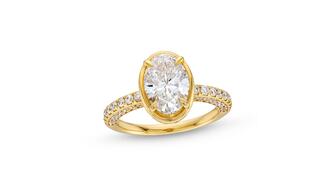
The retailer offered more fashion jewelry priced under $1,000, including lab-grown diamond and men’s jewelry.

The eau de parfum is held in a fluted glass bottle that mirrors the decor of the brand’s atelier, and its cap is a nod to its “Sloan” ring.

Vivek Gadodia and Juan Kemp, who’ve been serving as interim co-CEOs since February, will continue to lead the diamond mining company.

In addition, a slate of new officers and trustees were appointed to the board.
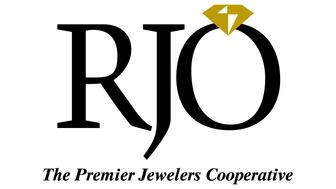
Witt’s Jewelry in Wayne, Nebraska, is the organization’s new milestone member.

Laurs is the editor-in-chief of Gem-A’s The Journal of Gemmology and an expert on the formation of colored gemstone deposits.
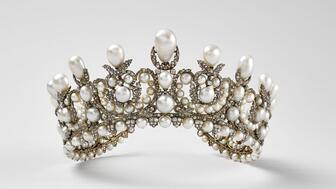
The man, who has a criminal history, is suspected of being the fourth member of the four-man crew that carried out the heist.
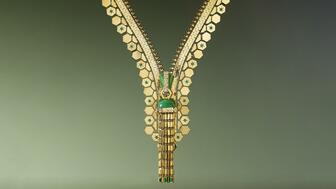
The single-owner collection includes one of the largest offerings of Verdura jewels ever to appear at auction, said Christie’s.
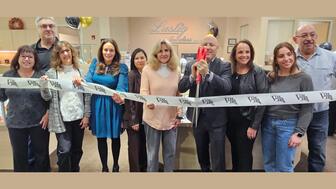
Michael Helfer has taken the reins, bringing together two historic Chicago jewelry names.

The guide features all-new platinum designs for the holiday season by brands like Harwell Godfrey, Ritani, and Suna.

During its Q3 call, CEO Efraim Grinberg discussed the deal to lower tariffs on Swiss-made watches, watch market trends, and more.
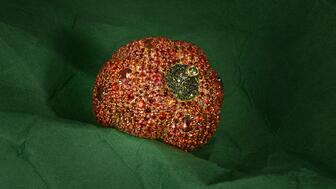
Rosior’s high jewelry cocktail ring with orange sapphires and green diamonds is the perfect Thanksgiving accessory.













